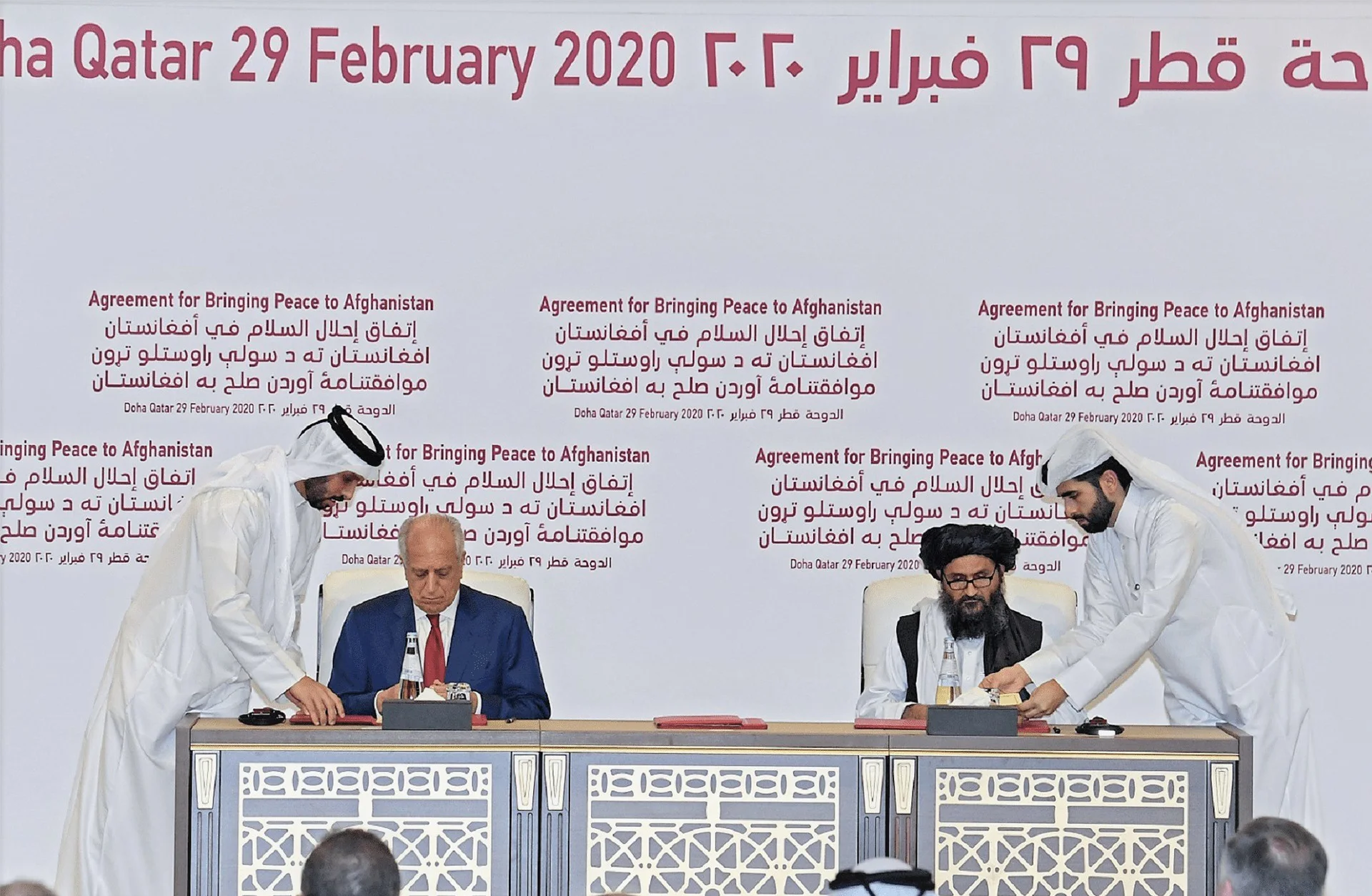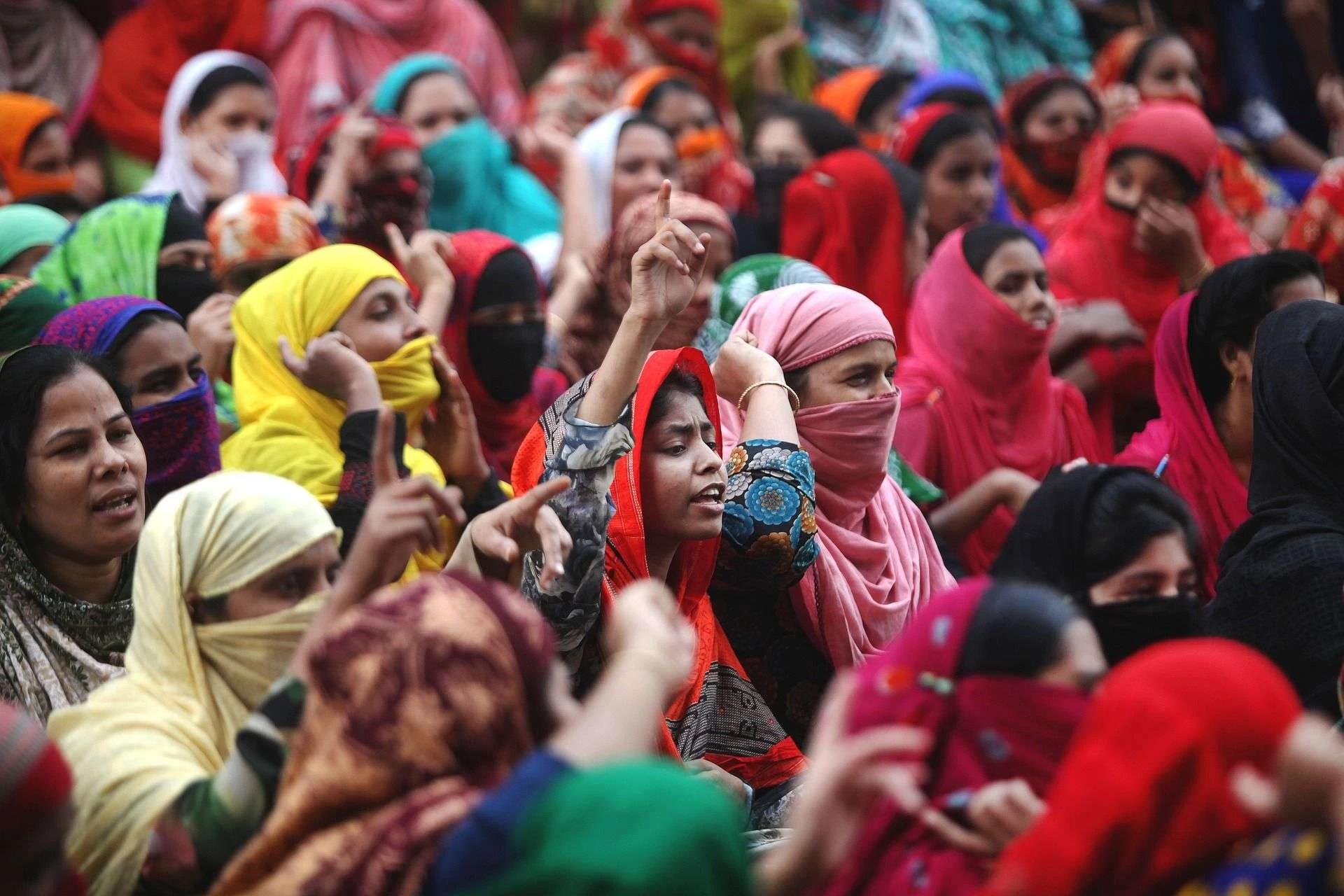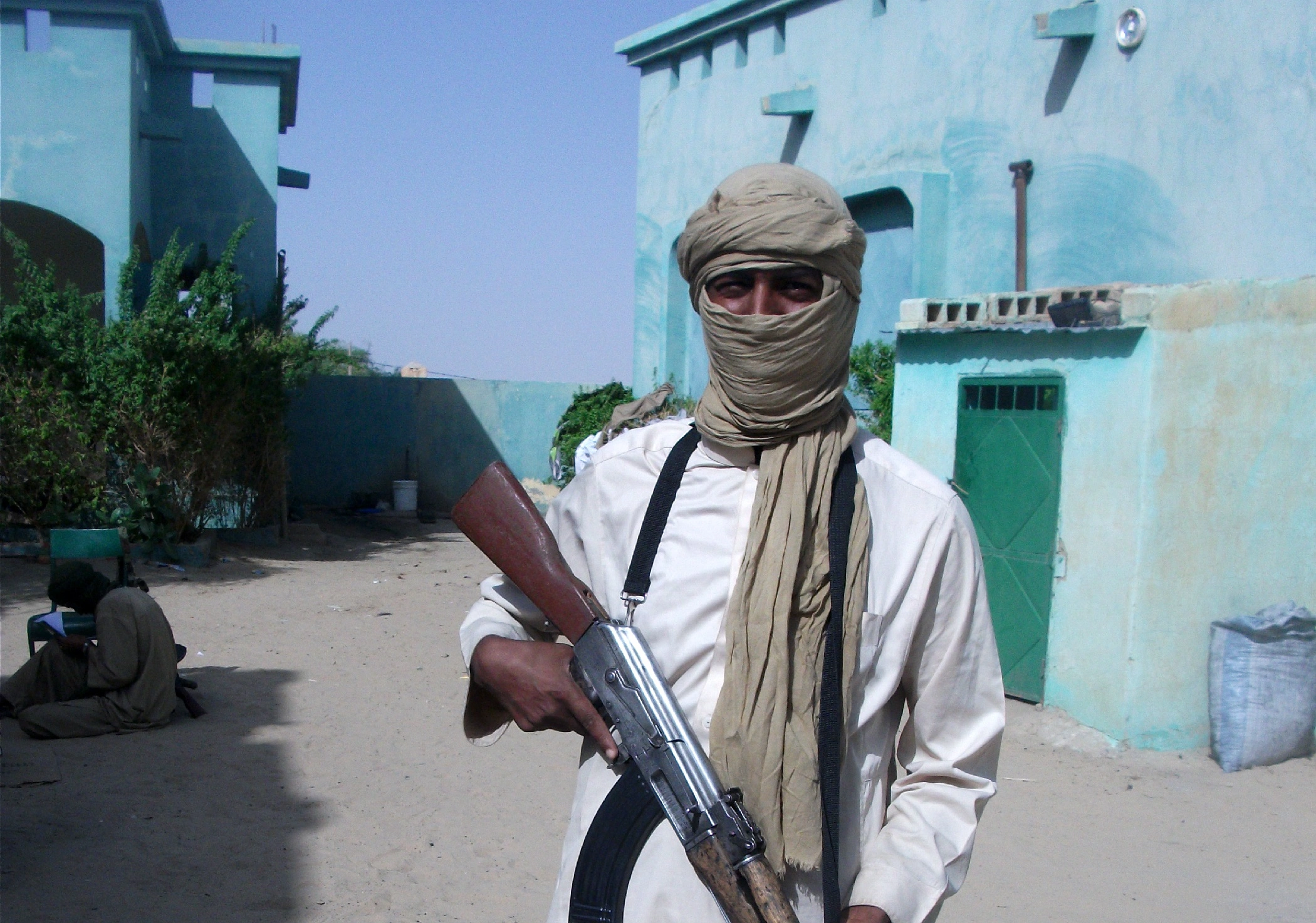Residents in India’s northern states woke up to another day of poor air quality on Tuesday, as a layer of dense fog shrouded most of the region, and pollution levels in Delhi severely impacted air quality.
India battles air pollution every winter as cold, heavy air traps dust, emissions, and smoke from farm fires started illegally in the adjoining, farming states of Punjab and Haryana.
The air quality index (AQI) touched a peak of 491 in Delhi on Monday, forcing the government to introduce restrictions on vehicle movement and construction activities, and schools to conduct classes online.
In Delhi, the persistent pollution levels have worsened air quality, creating a hazardous environment for residents. On Tuesday, Delhi’s 24-hour air quality index (AQI) reading was at 488 on a scale of 500, India’s Central Pollution Control Board (CPCB) said, and at least five stations in the capital reported an AQI of 500.
CPCB defines an AQI reading of 0-50 as “good” and above 401 as “severe“, which it says is a risk to healthy people and “seriously impacts” those with existing diseases.
Also See: When Air Turns Toxic: Lahore, Delhi, and the Smog Diplomacy
Swiss group IQAir ranked New Delhi as the world’s most polluted city with air quality at a “hazardous” 489, although that was a significant improvement from Monday’s 1,081 reading.
Experts say the scores vary because of a difference in the scale countries adopt to convert pollutant concentrations into AQI, and so the same quantity of a specific pollutant may be translated as different AQI scores in different countries.
India’s weather department said a shift in the fog layer towards the northern state of Uttar Pradesh had helped improve visibility over Delhi.
Visibility dropped to zero metres in Uttar Pradesh’s Agra, which lies southeast of Delhi. The Taj Mahal, India’s famed monument of love, has been obscured by toxic smog for nearly a week.
The strict measures to mitigate the impact of high pollution have hurt production at more than 3.4 million micro, small and medium enterprises in the nearby states of Punjab, Haryana and Delhi, local media reported.
This news is sourced from Reuters and is intended for informational purposes only

![Pollution levels soar in Delhi, with toxic smog persisting and severely impacting air quality across northern India. [Image via Reuters]](https://southasiatimes.org/wp-content/uploads/2024/11/VNZHI65LGVPS3AP3ME2ODPXD3M.webp)




